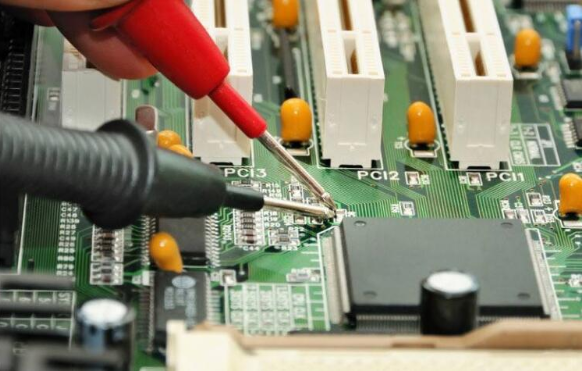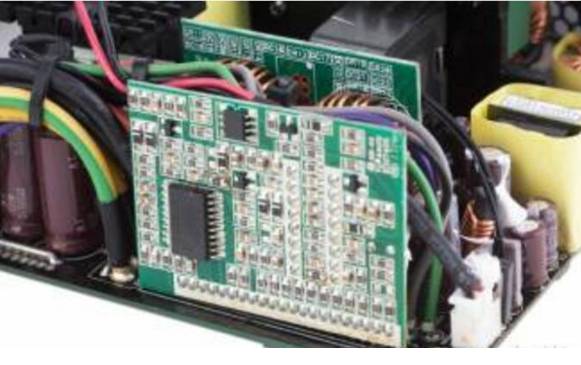Position:Home » Technical Articles
Resistor's Maximum Applied Voltage, Power Dissipation and Rated Power
Writer:Microhm Page View:Date:2019-05-17
Voltages above maximum applied voltage may cause an arc between the resistor terminals. At high voltages, RP can also become significant, allowing current to leak around the internal resistance. High-voltage resistors must be kept clean. Fingerprints, oil, dirt, and dust all create unwanted current paths, lowering RP and increasing leakage or even arcing. This is why resistors for use in high-voltage circuits are long and thin with their terminals far apart — to minimize leakage and maximize the ability to withstand high voltage.

After resistor's value, maximum applied voltage, power dissipation is the next most important characteristic of a resistor. An overloaded resistor often changes in value over time and can often get hot enough to burn itself and surrounding components. Every circuit designer learns the smell of burnt resistor sooner or later!

The common rule of thumb is to calculate how much power the resistor will have to dissipate and then use the next largest size or a factor of two higher dissipation rating, whichever is larger. The power rating is based on unobstructed air circulation around the resistor. For resistors dissipating more than a watt, arrange nearby components so that air can circulate freely. If possible, mount power resistors horizontally so that convection cools all parts of the resistor equally.

After resistor's value, maximum applied voltage, power dissipation is the next most important characteristic of a resistor. An overloaded resistor often changes in value over time and can often get hot enough to burn itself and surrounding components. Every circuit designer learns the smell of burnt resistor sooner or later!

The common rule of thumb is to calculate how much power the resistor will have to dissipate and then use the next largest size or a factor of two higher dissipation rating, whichever is larger. The power rating is based on unobstructed air circulation around the resistor. For resistors dissipating more than a watt, arrange nearby components so that air can circulate freely. If possible, mount power resistors horizontally so that convection cools all parts of the resistor equally.
Keywords:
Latest News
- Resistor's role in measuring and correcting LED,,,
- Single through-hole resistors' characteristics ,,,
- Why shunt resistors for current sense applicati,,,
- Metal-film resistors with small size, high resi,,,
- 36W High-Current Shunt Resistors MMS8420,,,
- 1W Surface Mount Resistor MPR1206,,,
- An Overview of Microhm Electronics' Resistor Pr,,,
- More anti-sulfur resistors used in harsh envir,,,
- Resistance changes with temperature,,,
- 140W TO247 High Power Heatsinkable Resistor,,,
- MMS5930 is ideal for current sensing in industr,,,
- Shunt resistors selection for engineers' design,,,
- Considerations for choosing precision resistors,,,
- Ceramic Encased Cement Resistors NWH Series for,,,
- Resistors for Passive Balancing in Battery-Pow,,,
Hot Articles
- Microhm will take part in 10th Automotive World,,,
- Thanks for Visiting Microhm's Booth E5-5706 in ,,,
- Resistors in Short Supply: Blame Cars,,,
- New lunch: High Power Precision Shunt Resistor,,,,
- How to Test a Resistor,,,
- Innovative Technology, Future Electric: Electri,,,
- What is Precision Resistors?,,,
- SMD Resistors Sizes and Packages,,,
- The Construction and Features of Metal Film Res,,,
- What is a TO-220 Resisor?,,,
- Hot Selling Products: Precision Shunt Resistors,,,
- How to Calculate the Equivalent Resistance Valu,,,
- What is a Fixed Resistor?,,,
- Resistors in LED Circuits,,,
- Resistors Types and Materials Overview,,,
Resistance applications
- The Four Important Functions of Alloy Resistors,,,
- Industrial Roberts Applied to Solar Photovoltai,,,
- Surface Mount Resistor's Size and Package ,,,
- The Main Application for High Precision and Low,,,
- Urbanization Development Bringing the Transform,,,
- The Measurement Accuracy of Automotive Shunt is,,,
- Heater Blower Motor Resistor in Air Conditioner,,,
- Precision Resistors' Construction and TCR,,,
- Shunt Resistor MMS8420 for High Current Stable ,,,
- Why Zero-Ohm Resistors?,,,
- Miniature future for passive electronic compone,,,
- BMS for New Energy Vehicle,,,
- Select the Right Resistor for Harmonic Filterin,,,
- Difference Between High Precision Resistors and,,,
- Carbon Film Resistors' Features and Application,,,
